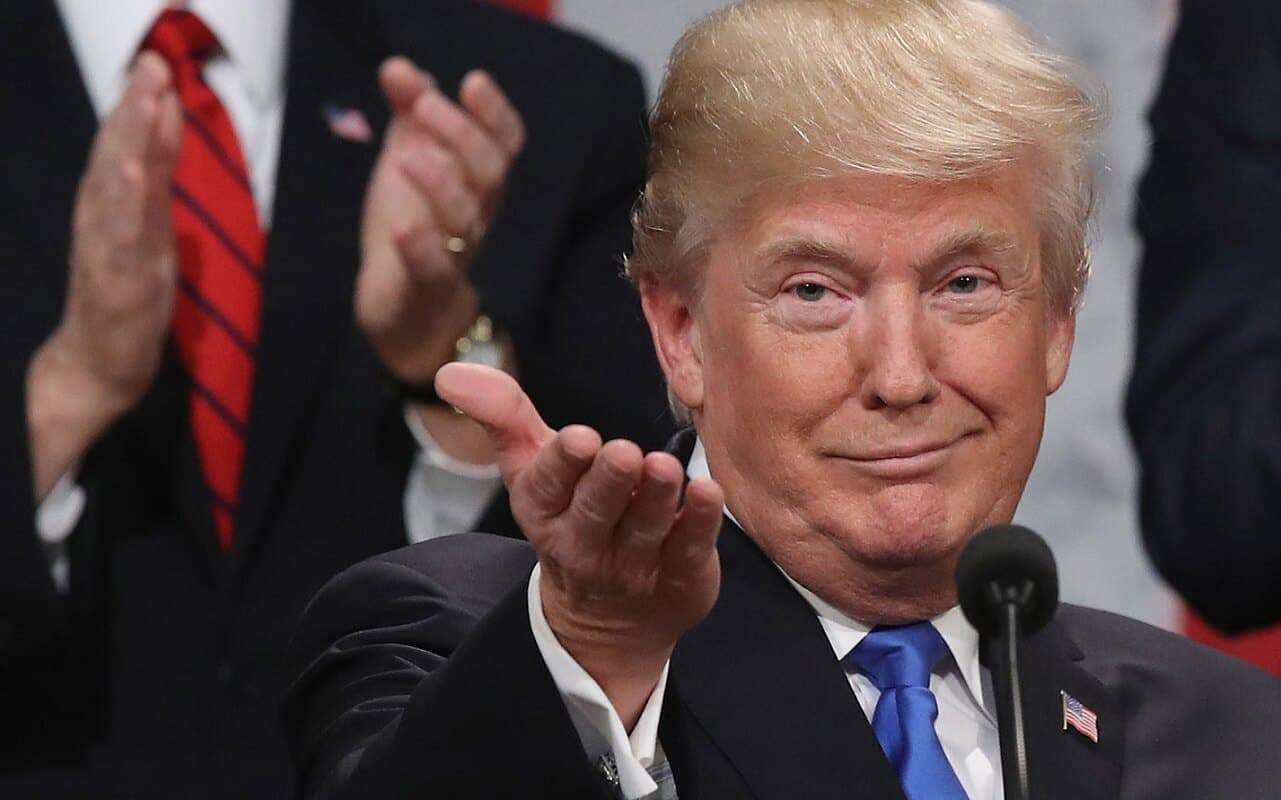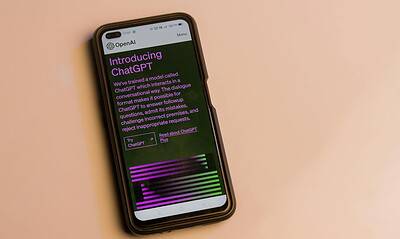AI
Trump’s new trade policy might have been cooked up by ChatGPT
The new set of tariffs that bear a striking resemblance to formulas generated by AI chatbots.

Just a heads up, if you buy something through our links, we may get a small share of the sale. It’s one of the ways we keep the lights on here. Click here for more.
President Donald Trump‘s latest trade policy announcement has sent shockwaves through global markets, with some analysts suggesting the new tariffs bear an uncanny resemblance to formulas generated by AI chatbots.
Last week, Trump dropped what might be the most internet-age policy bomb yet: a set of tariffs that look suspiciously like they were cooked up by asking ChatGPT for homework help.
Here’s what’s happening: Starting April 5th, there will be a 10% baseline tariff on literally everything coming into the US (yes, even from uninhabited islands — we’re not making this up), plus some extra-spicy rates for specific countries that have apparently been mean to America’s trade balance.
But here’s where it gets weird. Economist James Surowiecki did some number-crunching and found something that would make any Econ 101 professor facepalm so hard they’d need medical attention.
The formula behind these world-shaking tariffs? Take a country’s trade deficit with the US, divide it by their exports to the US, then slap a “discount” on it because… reasons?
The really wild part? If you ask ChatGPT, Gemini, Claude, or Grok how to “easily” fix trade deficits, they’ll spit out basically the same formula.
The White House objects to this characterization, of course. They’ve published their own formula, but as Politico points out, it’s basically the same thing.
The results? The EU faces a 20% tariff, four times what the World Trade Organization calculates as its actual tariff rate on US goods. Other countries are facing similarly inflated numbers that economists say have little connection to economic reality.
Markets are already expressing their opinion of this AI-adjacent approach to international trade — they’re diving faster than my phone’s battery. Consumers might want to start saving up because prices on, well, almost everything are about to take a hike.
Even the upcoming Nintendo Switch 2 has been hit by this new tariffs policy, with pre-orders postponed, so has Apple’s stock price.
The White House hasn’t confirmed whether they actually consulted AI for this policy (imagine that press release), but the similarity is uncanny.
And while AI chatbots at least have the good sense to include warnings about this approach’s complexities and potential downsides (Gemini practically begs users not to take its suggestion seriously), the administration seems to have skipped reading the fine print.
One thing’s for sure – if you thought asking AI to help with your math homework was risky, try using it to redesign global trade policy.
What do you think about the use of AI in making major economic decisions that can affect the whole world? Do you think it’s a good idea, if true? We want to hear your thoughts below in the comments, or via our Twitter or Facebook.






























